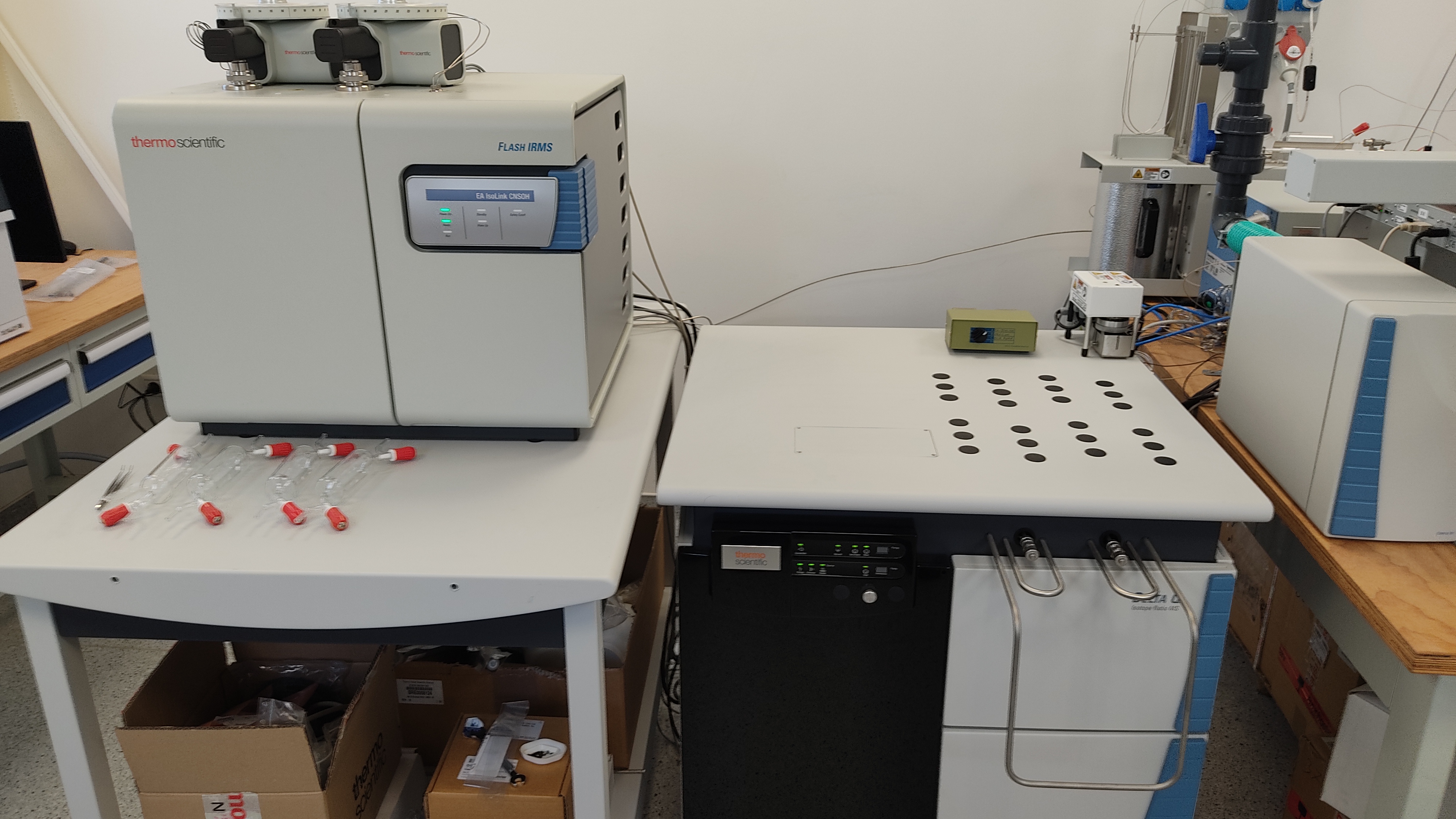Service: ATOMKI Stable Isotope Ratio Measurement
Platforms
Fixlab
Techniques
Isotope ratio mass spectrometry (irms)

Organization

Service contact persons
Phone:3652509200
Phone:3652509200
Preparation and stable isotope ratio measurement (H, C, N, O, S) of wooden, skeletal or inorganic archaeological samples, helping in the interpretation of the results.
Stable carbon, nitrogen, sulphur and oxygen isotope ratio results (expressed in d13C, d15N, d34S and d18O, respectively) can be measured from the same samples using a Thermo Scientific Delta Q isotope ratio mass spectrometer coupled to an elemental analyzer (Thermo Scientific™, EA-ISOLINK CNSOH) or a gas bench (Thermo Scientific™, Gas Bench Plus) interface. These stable isotope results are very useful in palaeodietary, palaeoecology or paleoclimate studies.
Fields of application
Anthropology
Archaeobotany
Archaeology
Paleontology
Materials
Charcoal (material)
Bone (material)
Tooth (material)
Antler (material)
Ivory (material)
Carbonates (material)
Other information
-
Output: Delta values of the elements studied

